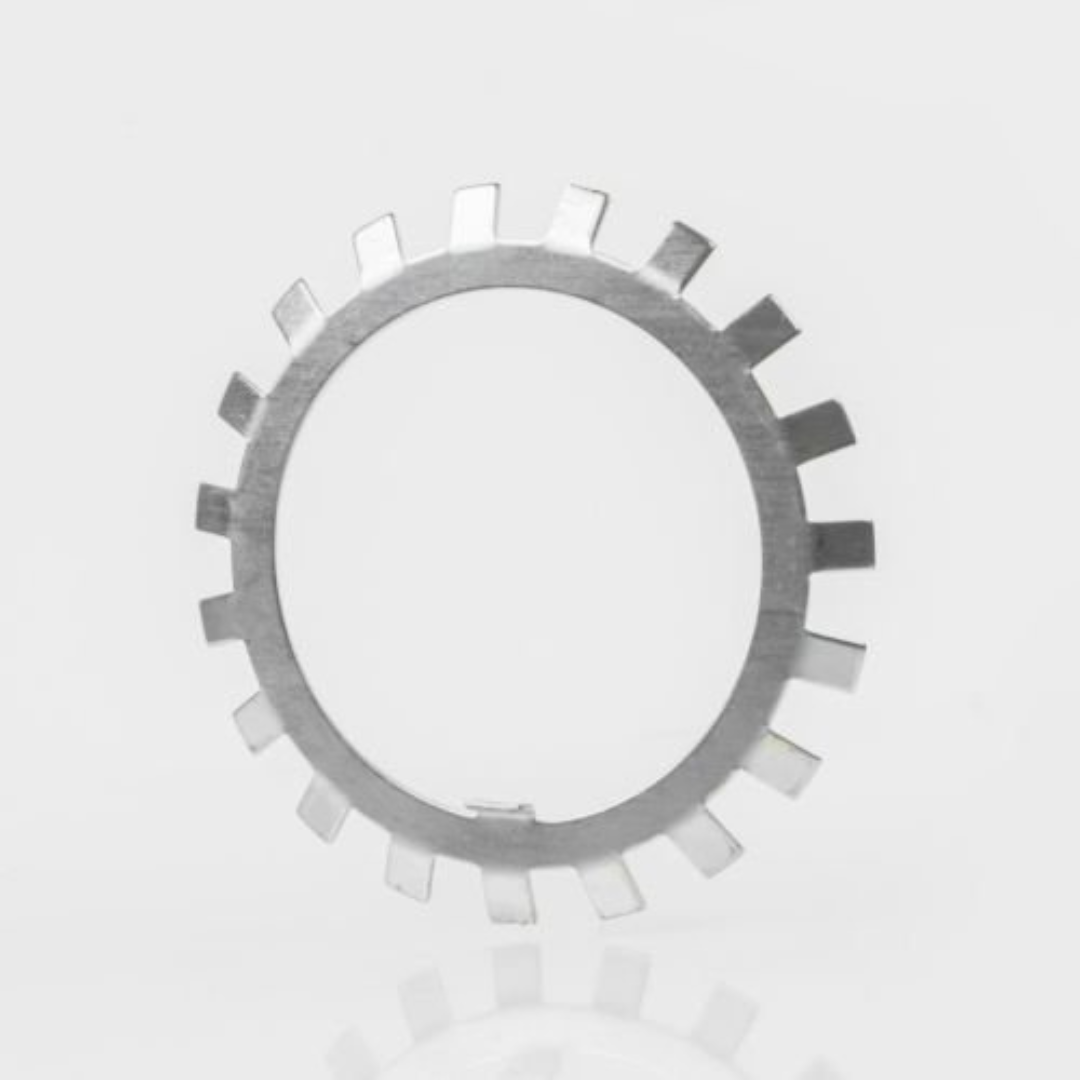Bearing Washer Stockist: Silently Supporting in Rotation
Bearings are the silent heroes that work behind the scenes of great engineering projects with rolling elements. Bearing Washers offer bearings the support for efficient, smooth operation.
Types of Bearing Washers:
There are two main types of bearing washers: thrust washers and shaft washers.
• Thrust Washers: These flat, ring-shaped washers manage axial loads (forces pushing along the shaft axis). They come in various materials like steel, bronze, or even plastic, depending on the application’s needs.
• Shaft Washers: These washers sit between the bearing and the shaft or housing, providing a stable seating surface and preventing misalignment. They are typically made from sheet metal or machined from steel for added strength.
Bearing Washer Stockists: Beyond Basic Support
Beyond their primary function, bearing washers offer additional benefits:
• Reduced Friction: Washers help distribute load evenly, minimising friction between the bearing and its housing or shaft.
• Heat Dissipation: Some washer materials, like bronze, are good heat conductors, aiding in transferring heat away from the bearing, keeping it cool.
• Sealing and Contamination Protection: Washers can form a tighter seal between the bearing and its surroundings, helping to prevent dust and debris from entering the bearing, which can cause wear and tear.
Bearing Washers Stockists: Choosing Materials
The choice of a bearing washer’s material depends on factors like load capacity, operating temperature, and desired properties. Steel offers high strength for heavy loads, while bronze provides good wear resistance and lubricity. For certain applications, composite materials might be chosen for their lightweight properties or corrosion resistance.
Bearing washers are essential components that you should consider carefully for your industrial applications. They improve efficiency, the life span of your products and the running of your projects.

